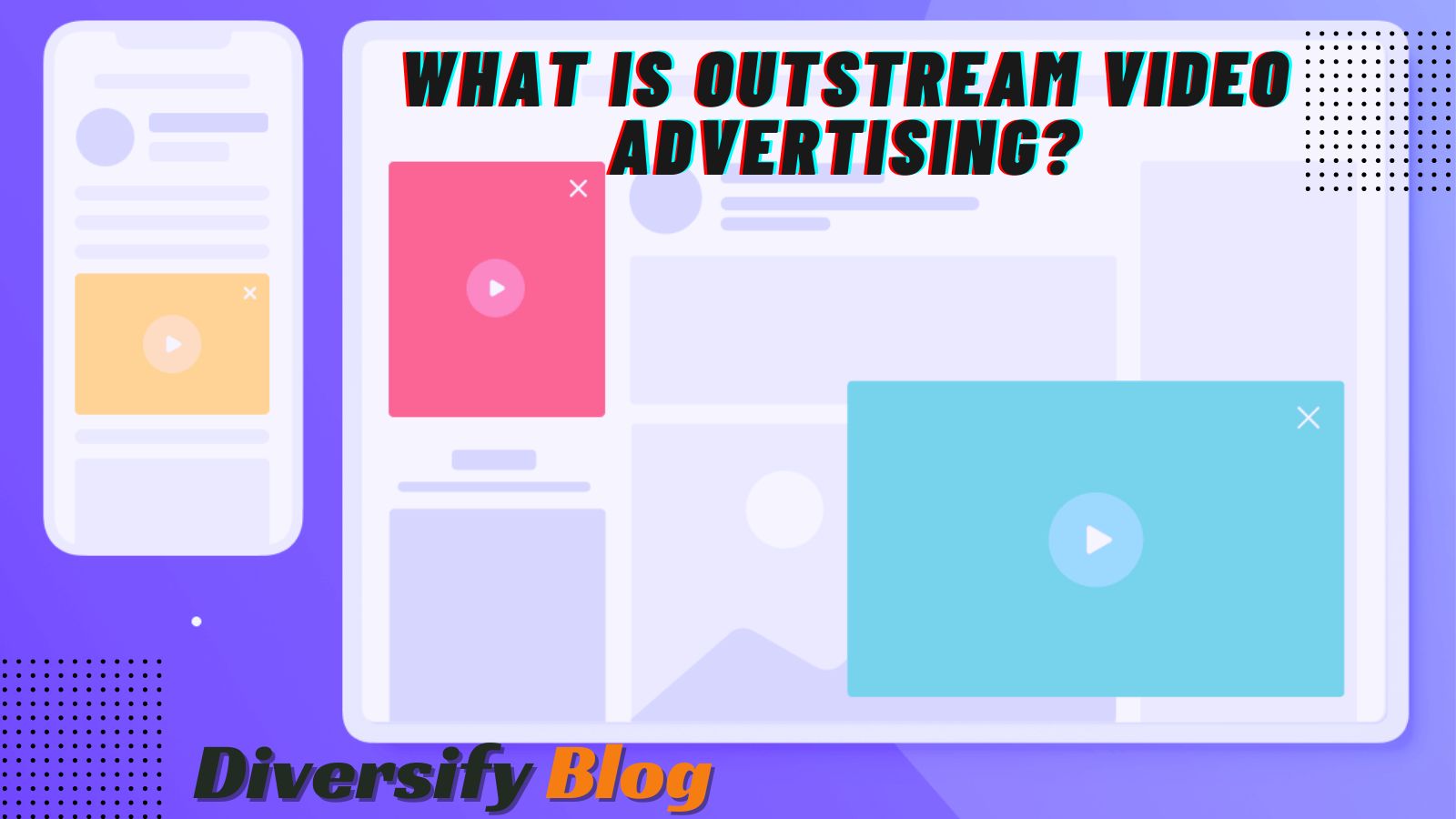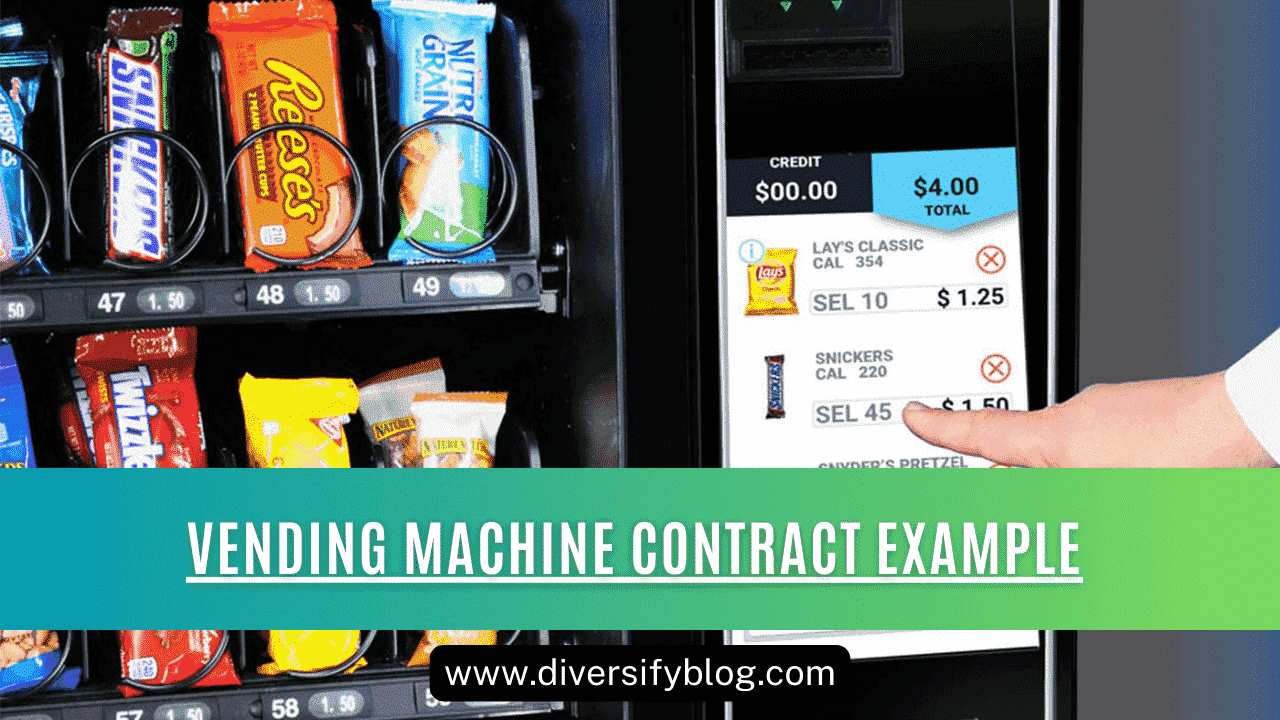In today’s digital age, outstream video advertising has emerged as a powerful tool for marketers to reach and engage their target audience. But what exactly is outstream video advertising(What Is Outstream Video Advertising), and how does it differ from other forms of online advertising? In this comprehensive guide, we’ll break down the basics of outstream video advertising in simple terms, explore its benefits, and provide practical tips for implementing it effectively.
Table of Contents
What is Outstream Video Advertising?

Outstream video advertising, also known as in-read or native video advertising, is a form of digital advertising that involves displaying video ads within non-video content, such as articles or blog posts. Unlike traditional video ads that appear within video players, outstream ads autoplay and appear dynamically as users scroll through a webpage. They’re often seen between paragraphs of text or images, seamlessly blending into the user’s browsing experience.
Imagine you’re scrolling through your favorite lifestyle website, reading an article about the latest fashion trends, and suddenly, a video ad showcasing a new clothing line catches your eye. That’s outstream video advertising in action – delivering engaging video content within the context of the content you’re already consuming.
How Does Outstream Video Advertising Work?
Outstream video ads are typically served through programmatic advertising platforms, which use algorithms to match ads with relevant content and target audiences. When a user visits a webpage containing outstream ad placements, the ad is triggered to load and play automatically as the user scrolls down the page.
One of the key advantages of outstream video advertising is its 100% viewability. Because outstream ads only play when they’re in view on the screen, advertisers can be confident that their ads are being seen by real people. This stands in contrast to traditional video ads, which may be skipped or ignored by users.
Benefits of Outstream Video Advertising

1. Enhanced User Experience
Outstream video ads are designed to integrate seamlessly into the user’s browsing experience, providing a non-disruptive way to deliver video content. Unlike intrusive pop-up ads or pre-roll video ads, outstream ads allow users to consume content while still being exposed to the brand’s message.
2. Expanded Reach and Engagement
By appearing within non-video content, out-stream video ads have the potential to reach a wider audience than traditional video ads. They can be placed on any webpage, regardless of whether it has video content, allowing advertisers to engage users in new and unexpected ways.
3. Flexibility and Customization
Outstream video ads offer advertisers greater flexibility in terms of creative format and placement. Advertisers can customize the appearance and behavior of outstream ads to suit their brand identity and campaign objectives. This flexibility makes outstream video advertising a versatile tool for marketers looking to stand out in a crowded digital landscape.
4. Cost-Effectiveness
Since outstream video ads are typically sold on a cost-per-view (CPV) basis, advertisers only pay when their ads are actually viewed by users. This makes outstream video advertising a cost-effective option for reaching a large audience without breaking the bank.
Implementing Outstream Video Advertising: A Step-by-Step Guide
Step 1: Define Your Campaign Objectives
Before launching an outstream video advertising campaign, it’s important to clearly define your goals and objectives. Are you looking to increase brand awareness, drive website traffic, or generate leads? By identifying your key objectives, you can tailor your campaign strategy to achieve the desired outcomes.
Step 2: Identify Your Target Audience
Next, identify your target audience and develop detailed buyer personas to guide your targeting efforts. Consider factors such as demographics, interests, and online behavior to ensure that your ads reach the right people at the right time.
Step 3: Create Compelling Video Content
Craft engaging and relevant video content that resonates with your target audience. Whether you’re showcasing product demos, customer testimonials, or brand storytelling, make sure your video content is visually appealing and emotionally compelling.
Step 4: Choose the Right Placement
Select the most appropriate placement for your outstream video ads based on your campaign objectives and target audience. Consider placing ads on high-traffic websites, relevant blogs, or popular social media platforms to maximize exposure and engagement.
Step 5: Monitor and Optimize Performance
Monitor the performance of your outstream video ads closely and make adjustments as needed to optimize campaign performance. Track key metrics such as click-through rates (CTR), view-through rates (VTR), and conversion rates to gauge the effectiveness of your ads and make data-driven decisions.
FAQ
What is the difference between instream and outstream ads?

Answer: Instream and outstream ads are two distinct types of video advertising formats. Instream ads are video ads that play within existing video content, such as before (pre-roll), during (mid-roll), or after (post-roll) the main video content. On the other hand, outstream ads are video ads that play outside of video content, typically within non-video content like articles or blog posts. The key difference lies in their placement and where they appear to the viewer.
What is an instream video ad?

Answer: An instream video ad is a type of video advertisement that plays within existing video content. These ads can appear before (pre-roll), during (mid-roll), or after (post-roll) the main video content. Instream ads are commonly seen on platforms like YouTube and streaming services where they interrupt the viewing experience to deliver promotional messages to the audience.
What are the benefits of outstream video ads?
Answer: Outstream video ads offer several benefits for advertisers and publishers. Firstly, they provide an opportunity to reach audiences beyond traditional video platforms by appearing within non-video content like articles and blog posts. This expands the reach of video advertising and allows for more targeted placement. Additionally, outstream ads are less intrusive than instream ads since they don’t interrupt the viewing experience and can be scrolled past by the user if they’re not interested. They also offer greater flexibility in terms of creative format and placement, making them a versatile option for advertisers.
What is the difference between outstream and preroll video?
Answer: The main difference between outstream and preroll video lies in their placement and timing. Outstream video ads play outside of video content, typically within non-video content like articles or blog posts, while preroll video ads play before the main video content begins. Preroll ads are commonly seen on platforms like YouTube and streaming services and are often non-skippable, whereas outstream ads can be scrolled past by the user if they’re not interested. Additionally, preroll ads are typically shorter in duration and are more closely integrated with the video viewing experience, whereas outstream ads offer more flexibility in terms of placement and creative format.
Conclusion: Why Outstream Video Advertising Matters
In conclusion, outstream video advertising offers a compelling opportunity for marketers to reach and engage their target audience in new and innovative ways. By delivering engaging video content within the context of non-video content, outstream ads provide a non-disruptive way to connect with users and drive meaningful interactions.
As digital advertising continues to evolve, outstream video advertising is poised to play an increasingly important role in the marketing mix. By understanding the benefits of outstream video advertising and following best practices for implementation, marketers can unlock new opportunities for growth and success in the digital landscape.
So, are you ready to harness the power of outstream video advertising to elevate your marketing efforts and drive results? Let’s embark on this exciting journey together and unleash the full potential of video advertising in the digital age.



















